Author: Alvin Bangayan
-

HausBots interview with Jack Cornes
Hi guys Philip English this from philipenglish.com. Welcome to the Robot Optimized Podcast where we talk about everything robotics related. For our next episode, we have Jack Cornes who will talk about us “Wall Climbing Robots”. PHILIP Welcome to the Robot Philosophy podcast, where we keep you up to date on the latest news, reviews, and…
-
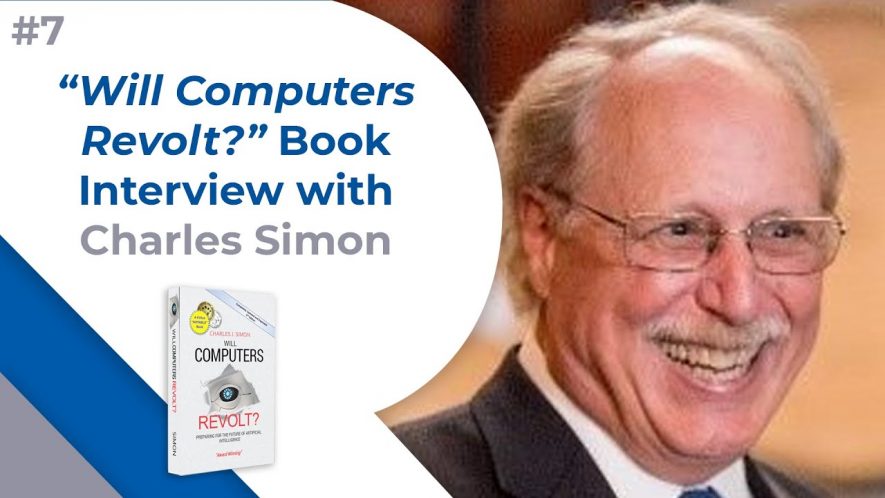
Will Computers Revolt” – Book Interview with Charles Simon
Hi guys Philip English this from philipenglish.com. Welcome to the Robot Optimized Podcast where we talk about everything robotics related. For our next episode, we have Charles Simon who will talk about his book “Will Computers Revolt”. Philip English (00:14): Hi guys. Philip English here, also known as Robo Phil, robot and enthusiasts report on the…
-
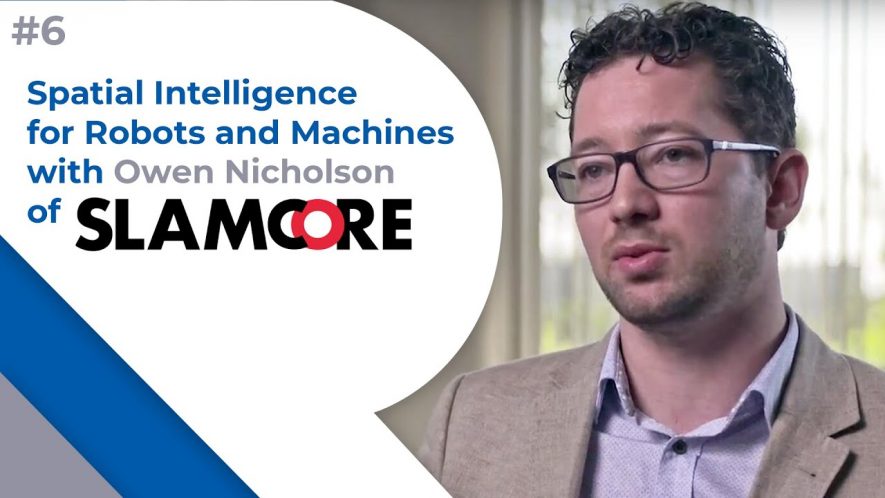
SLAMCORE interview with Owen Nicholson
Hi guys, Philip English from philipenglish.com. Welcome to the Robot Optimized Podcast where we talk about everything robotics related. For our next episode, we have SLAMCORE led by Owen Nicholson who will talk about their leading software and robotics . https://youtu.be/gl0hiegQfcM Philip English (00:14): Hi guys, Philip English. I am a robotics enthusiast, reporting on the latest business application of…
-
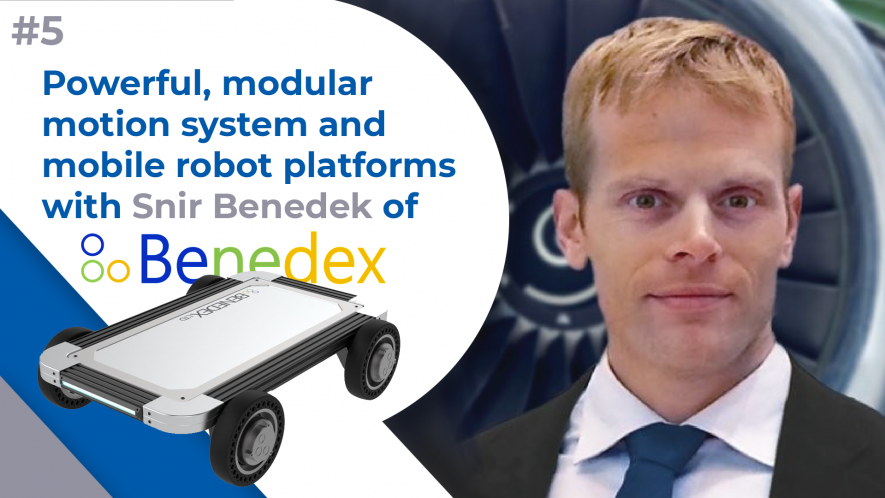
Benedex LTD Interview with Snir Benedek
Hi guys Philip English this from philipenglish.com. Welcome to the Robot Optimized Podcast where we talk about everything robotics related. For our next episode, we have Benedex LTD led by Snir Benedek who will talk about their leading software and robotics . Philip English: Hi guys. My name is Philip English, and I am a robotics enthusiasts to report…
-
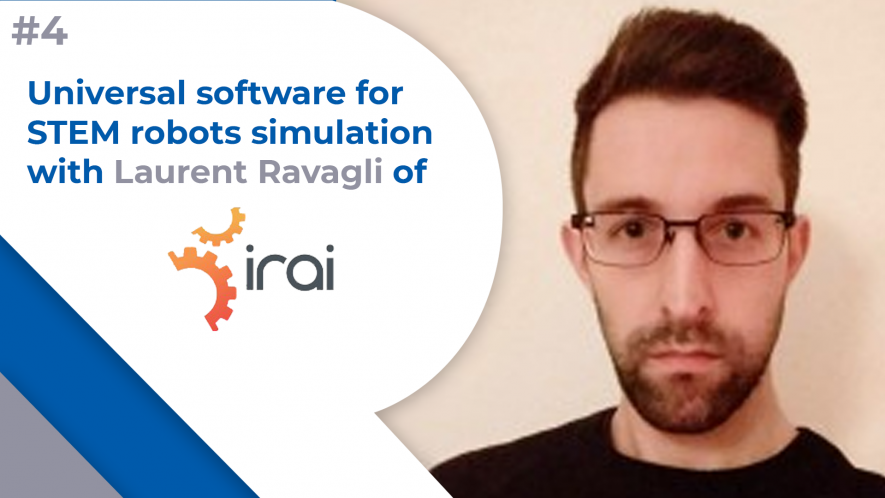
Miranda Software Interview with Laurent Ravagli
Hi guys Philip English this from philipenglish.com. Welcome to the Robot Optimized Podcast where we talk about everything robotics related. For our next episode, we have IRAI Robotics led by Laurent Ravagli who will talk about their leading software and robotics . Philip English: Hi guys. my name is Philip English and I am a robotics enthusiast, reporting on the…
-
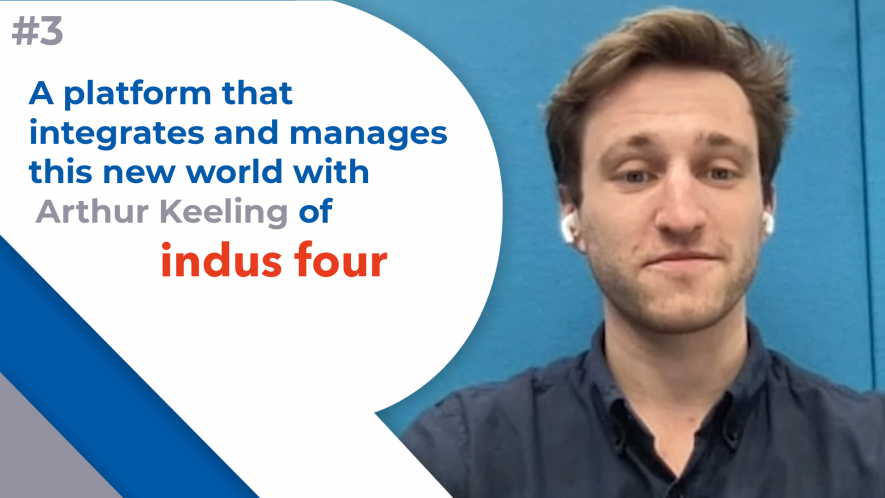
Indus four Interview with Arthur Keeling
Hi guys Philip English this from philipenglish.com. Welcome to the Robot Optimized Podcast where we talk about everything robotics related. For our next episode, we have Indus Four led by Co-founder Arthur Keeling who will talk about their leading technology solutions. Philip English: Hi guys. Um, my name is Philip English and I am a robotics enthusiasts report…
-
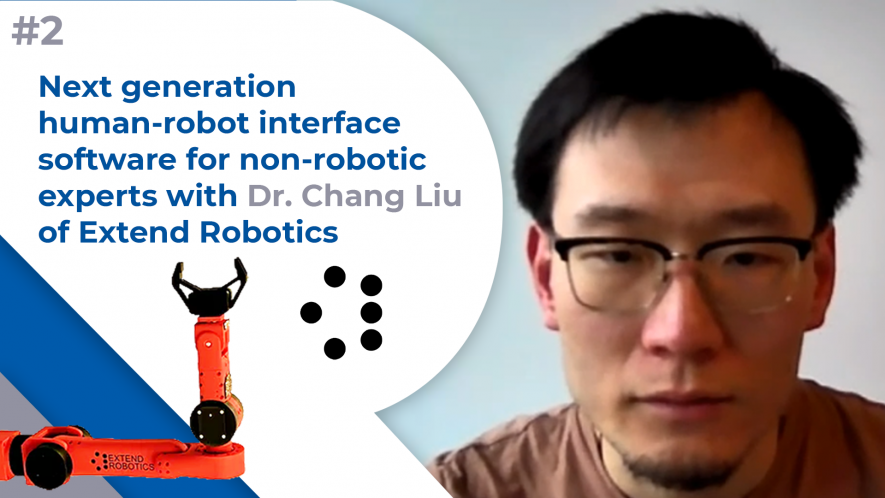
Extend Robotics interview with Dr. Chang Liu
Hi guys Philip English this from philipenglish.com. Welcome to the Robot Optimized Podcast where we talk about everything robotics related. For our next episode, we have Extend Robotics led by CEO Chang Liu who will talk about their leading technology on robotic arms. Philip English: You guys, uh, it’s uh, Philip English. Um, I am a robotics…
-
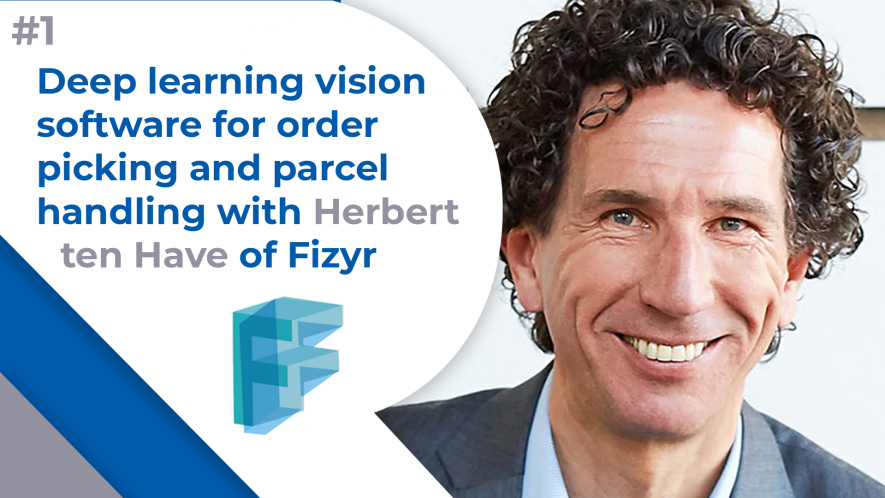
Fizyr Interview, with Herbert ten Have
Hi guys Philip English this from philipenglish.com. Welcome to the Robot Optimized Podcast where we talk about everything robotics related. For our first episode, we have Fizyr led by Herbert Ten Have who will talk about their leading technology on picking up objects. Philip English: Hi guys, my name Philip English, and, uh, I’m a Ross’s enthusiasts report…
-

Hand on with Inovo Robotics
Hi guys Philip English this from philipenglish.com. Today, we will have a hands on approach with Inovo Robotics and their robotic arm. Philip: So hi guys. My name is Philip English, and I am a robotics enthusiast, reporting on the latest business and application of robotics and automation. My mission is to get you Robot Optimised and…
-
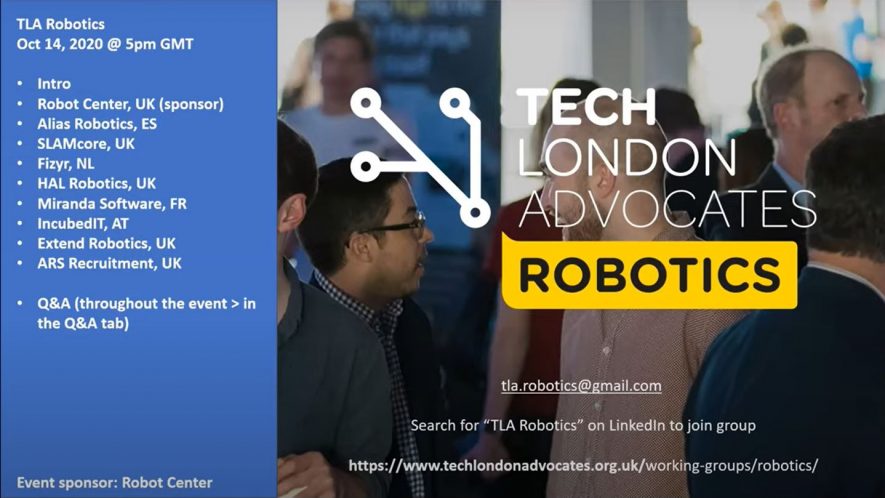
Tech London Advocates Robotics- Software robotics
Hi, guys! Philip English from philipenglish.com and today we have an interview with different tech companies including the Tech London Advocates team – a network of tech leaders, experts and investors uniting to form the most influential group in tech, Fizyr– leader in software for automated picking, Alias Robotics – a robot cyber security company,…